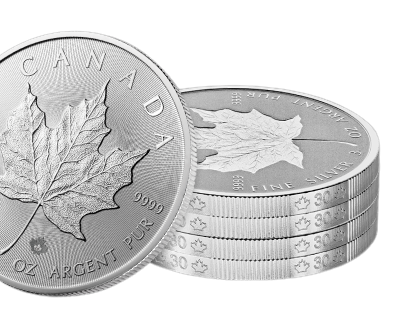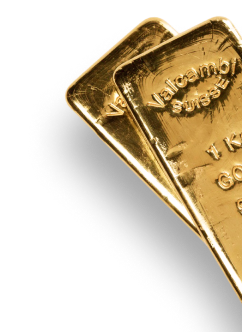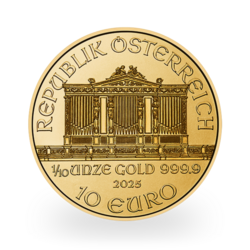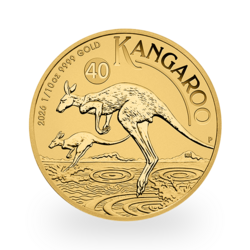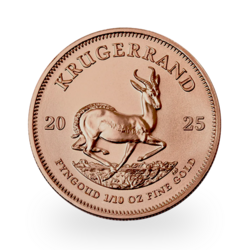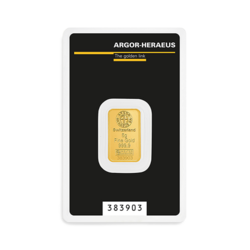The question of European savings is on everyone's lips. The reason: while European countries are facing an inextricable financial situation, the need for investment has never been greater. Ecological transition, re-industrialization, competitiveness, new technologies, armaments - the stakes are high and very costly. Estimated at 800 billion euros in Mario Draghi's latest report, these investments would make it possible to fuel growth and boost productivity on the Old Continent. Against this backdrop, the savings project could well accelerate in the weeks ahead.
European savings are among the largest in the world. Fear of the passage of time, born of the continent's history, and current social conditions (aging population, inflexible labor market, institutional constraints, etc.) are driving Europeans to hoard. Total European savings are estimated at 35.5 trillion euros (this figure may vary depending on the analysis), representing around 15% of household disposable income (compared with just 4% in the USA). Similarly, European households invest only 3% of their total assets in equities, while this figure rises to 30% on the other side of the Atlantic. Despite its confidential nature, these savings are mainly invested in foreign debt securities, particularly US Treasury bills, which Europeans are buying in increasing quantities. This financial dependence on foreign countries is as singular as the weight of savings on the Old Continent.
European savings remain strong, despite inflation. In fact, contrary to expectations, prices and savings are both on the rise. For example, French savings were set to reach 15% of disposable income in 2022, whereas this figure has risen to around 18% this year. Germany, on the other hand, has one of the highest savings rates in Europe, at 20%. On the continent, it is mainly the middle classes who have drawn on their savings to maintain their consumption levels, particularly in the areas of leisure, travel and durable goods.
In other words, even if prices continue to rise (so, by definition, the euro is constantly losing value), European households prefer to save rather than consume. Despite the above-mentioned criteria, the main reason for this is uncertainty on the Old Continent (and not high interest rates - which have fallen several times in recent months). Where the USA has posted relatively strong growth for several years, Europe's economic weakness, combined with weak governance (uncertainty is as much economic as political), is reducing household confidence and driving them to save despite inflation.
European savings: what measures?
Powerless to influence household choices, Europe is relying on the project to redirect savings. Several solutions have been put on the table. One of these is to strengthen access to capital markets for mid-sized and technology companies, via a true Capital Markets Union. But this would remain a limited measure. Alternatively, a new European platform could be created to attract these funds, this time through a Savings and Investment Union - as recently named. The ECB's Digital euro project, which is currently gathering pace, could be used to place household savings on this platform. The European Commission is also betting on other, more innovative solutions, such as a financial education strategy, and the creation of a “model for good account-keeping practices”. Based on what principles? The question remains. Last but not least, this project could involve a simple reorientation, decided by banking and financial institutions, of these funds towards the shares of listed European companies. All these measures are obviously coercive, even authoritarian. In reality, along with the plan for a large common loan, this is one of the last steps Europe needs to take to find financing, at a time when the deficit and public debt of European countries are reaching alarming levels.
If Europe resorts to this type of solution, it is also because of its profound weaknesses. Its institutions, which have always been ill-suited to a common project, undermine any capacity for action. For an inhabitant of the Old Continent, saving also appears to be a means of protecting oneself against a transnational project that would hinder individual freedom, including that of being able to control and decide on one's assets.
In other parts of the world, the problem does not arise in the same way. Admittedly, the United States retains hegemonic financial power, which means it has no real financing problems. But this is also the case for China, which has sufficient resources to finance its necessary needs and protect itself against any crisis (particularly the one currently affecting the real estate sector). Other countries, such as the new Asian powers, also have considerable room for maneuver and do not need to resort to such measures. This is also the case for many emerging powers, such as Brazil, South Africa, the Gulf States, etc. One of the few countries in the world to use this tool is Japan, whose situation is well known to all: the country of the Rising Sun has been mired in a deep and protracted financial (but also institutional and social) crisis since the financial crash of the 1990s, which will end in either the cancellation of public debt or the creation of a new central bank.
A new era in wealth management
Through this project, the Old Continent, through the voice of the European Commission and the ECB, is in fact displaying its powerlessness and dogmatism. Rather than considering an in-depth reform of its financial structure, in particular its monetary policy (zero-interest debt or interest rates adjusted according to investments, creation of a debt-free currency, application of a monetary melt) or its fiscal and budgetary policy (harmonization between European countries, the elimination of tax havens, etc.), it is losing its way in a project that reveals all its authoritarian character. At a time when sovereignty and independence appear to be a necessity for everyone, at a time when de-globalization is entering a crisis, Europe is moving in the opposite direction to history and the long dynamics on which its existence is based.
Faced with such a project, deciding what to save is more important than ever. This is all the more the case given that European governments are running permanent budget deficits. As a result, assets linked to or controlled by governments (sovereign bonds, treasury bills, state-owned companies, certain savings accounts, etc.) will become less and less popular. Independent assets (equities, commodities, gold, etc.), on the other hand, will become increasingly popular, in line with the current craze. In particular, the rarest assets will continue to stand out from the crowd at a time when abundance has come to an end. Because of its limited quantity and role as a safe-haven asset, gold still appears to be the most attractive. It recently exceeded $3,000 - its all-time high - and now expects to stay there. Its price may even rise, given the weakness of the US dollar and forthcoming interest-rate cuts on both sides of the Atlantic. Lower bond yields are attracting capital to gold. Moreover, central bank purchases are set to continue, given global geopolitical imbalances, which are increasingly attracting private investors and benefiting the yellow metal.
The redirection of European savings is set to become an even more topical issue as households plan to continue hoarding. This project, although at first sight of little importance, will have serious consequences. Firstly, it could lead to major capital movements (especially as the ECB is likely to continue cutting rates), and also reduce the overall attractiveness of the region. Finally, it could contribute to weakening European democracy, which is already under strain...
Reproduction, in whole or in part, is authorized as long as it includes all the text hyperlinks and a link back to the original source.
The information contained in this article is for information purposes only and does not constitute investment advice or a recommendation to buy or sell.

